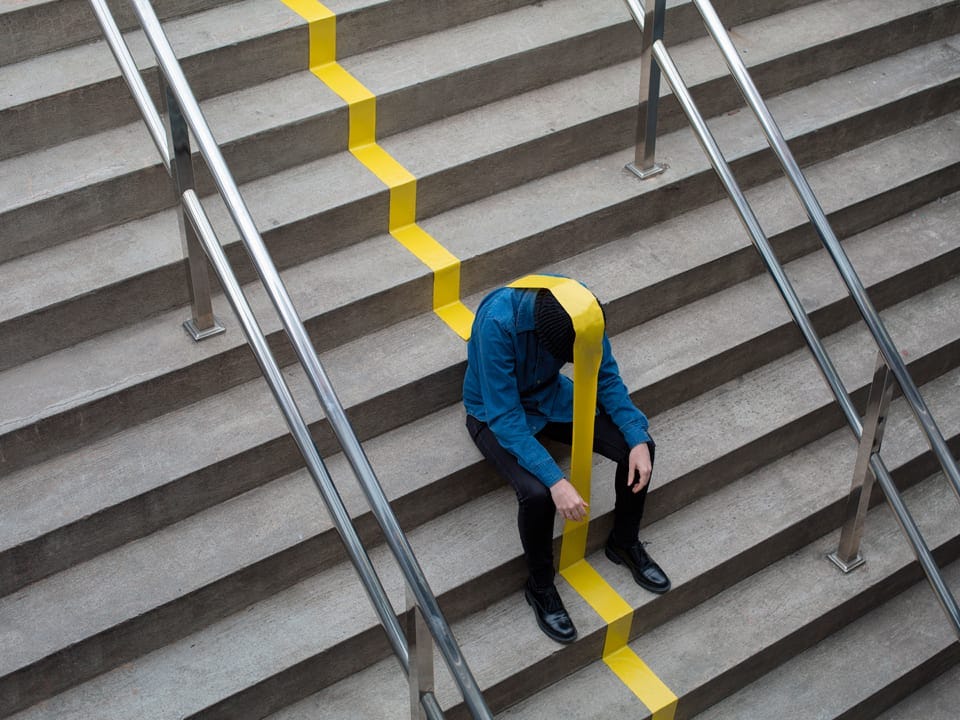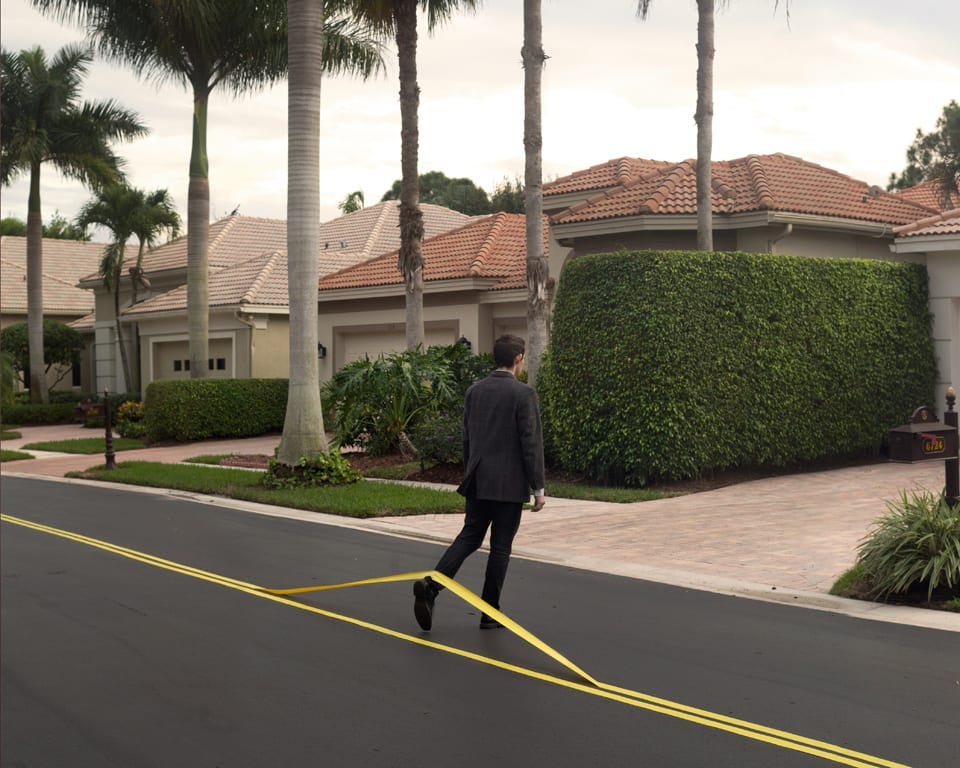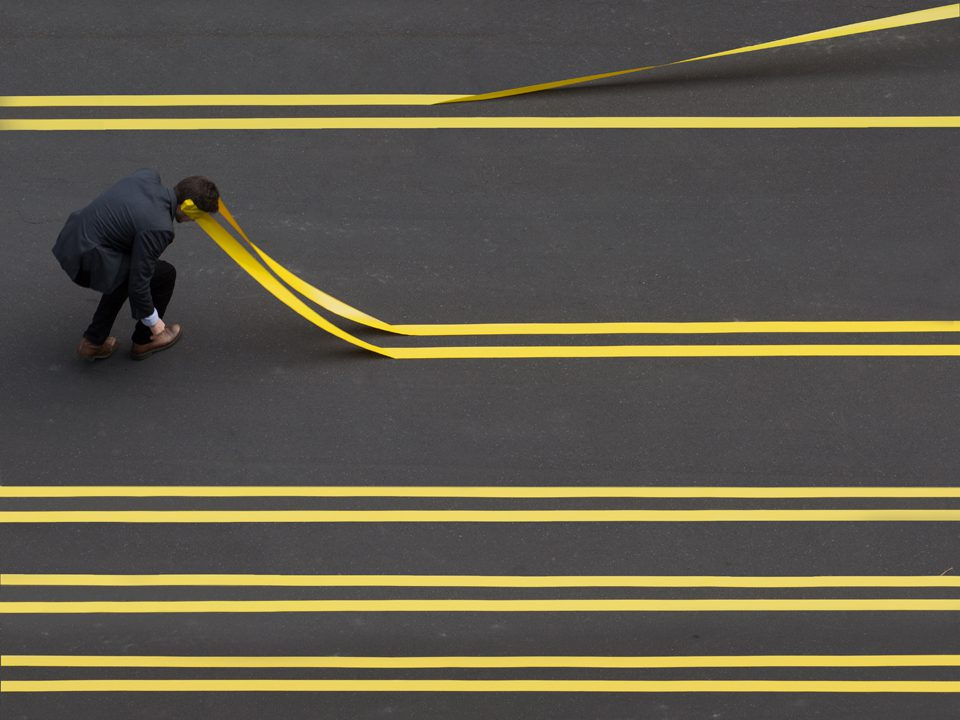Leadership in Chaos: 27th edition.
New frontiers, embarrassment, odyssey plan.
Hi 👋, welcome back to our 27th edition 🙌.
“Priorities are like arms; if you think you have more than a couple, you’re either lying or crazy.”
Merlin Mann

Change: new frontiers.
Microsoft just published their 2025 Work Trend Index Report, and it’s pretty revealing stuff. AI is in predictably sharp focus, and some key stats jump out. For starters, 53% of leaders say productivity must rise, but 80% of workers feel maxed out. And with an average of 275 daily interruptions, 48% of employees and more than half of leaders (52%) say their work feels chaotic and fragmented, while 80% of the global workforce say they lack enough time or energy to do their work. So AI is stepping in. AI agents are already being used by 46% of organisations to automate entire workflows, helping companies expand output, without overburdening staff. And within five years, 42% of leaders expect to build multi-agent systems. 47% are already prioritising AI up-skilling.
A thought for leaders: According to the report, a new type of organisation is emerging. One that’s very different from today’s. Frontier Firms (as they call them) embrace AI, are powered by hybrid teams of AI agents and humans, operate faster, are more agile, and in the next 5 years, they suggest every company will be trying to become one. The question for leaders, according to Microsoft, isn’t if, but how much, how deep, and how soon you should embrace a radical AI transformation program?

Culture: embarrassment.
Embarrassment is a funny thing. It feels cringey, crippling and stifling. We tend to associate it with incompetence and awkwardness, not creativity and innovation. But in organisations where ideas, creativity and innovation are accelerants (every organisation), understanding it, and using it correctly can be a creative rocket. Leigh Thompson, professor of management and organisations at Kellogg, wrote about this in Creativity Conspiracy: The New Rules of Breakthrough Collaboration. She ran a study examining brainstorming sessions. For some, as a warm up exercise, she asked participants to tell a story about something they were proud of achieving. The others she asked to tell an embarrassing story. She then assessed responses on the volume and range of ideas for the creative task. Amazingly, the embarrassing story groups clocked up 26% more ideas than the other groups. But why?
A thought for leaders: When we fear embarrassment, we feel vulnerable and under pressure. So we don’t collaborate properly, and we self censor. Removing embarrassment reduces this. People open up and feel freer to share bold ideas. Instead of playing it safe, they take creative risks. Instead of shutting ideas down, they build on them. There’s a saying, “embarrassment is the cost of participation”, and it’s certainly true for teams that are creative and innovative. Because the price of good ideas is lots of bad ones first. And that needs a culture that doesn’t fear embarrassment.

Coaching: Odyssey Plan.
A thought for leaders: Most of us, as Daniel says, live on autopilot. Head down, marching on. We rarely think about what could, or what might be. The Odyssey Plan forces you to look up, and imagine. What if you were more intentional about where you wanted to go, what you wanted to do, and who you wanted to become? What if you zoomed out, looked at the bigger picture, across a longer timeline? What if you realised that your current path isn’t the only one available? What would you change?

Podcast: Ep 72: Confessions of a Guru – Part 5: The Marvels and the Spoon
You can listen to it here.
Enjoy revisiting or newly discovering it 😊
You can follow Flow Group on LinkedIn here.
Hope you enjoyed, and please share your thoughts in the comments section below.
P.S. This month’s featured artist is Ben Zank. His surreal images capture subjects in unequivocally inconvenient positions. Gravity and linear time are presented as fluid concepts through which angles can be redrawn and borders re-imagined as arenas of possibility. Each image offers a micro-universe to its viewers, allowing the featured figures to let go of their material existence momentarily.

